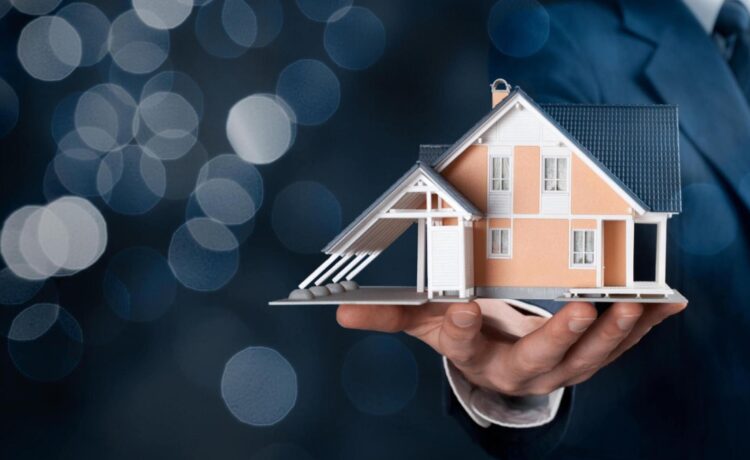Retail Real Estate Development is a dynamic sector that plays a vital role in the economy. It involves creating spaces where businesses can operate and consumers can shop, dine, and socialize. This article explores the key trends, challenges, and future outlook for Retail Real Estate development.
The Impact of E-commerce on Retail Real Estate
Changing Consumer Behaviors
The rise of online shopping has dramatically changed consumer behaviors. People now prefer the convenience of shopping from home, which has reduced foot traffic in traditional retail stores. This shift has forced retailers to adopt omnichannel strategies, combining online and offline shopping experiences to meet consumer demands.
Integration of Online and Offline Experiences
Retailers are increasingly integrating online and offline experiences to stay competitive. Click-and-collect services, where customers order online and pick up in-store, have become popular. Additionally, stores are enhancing in-store experiences with digital tools, such as virtual fitting rooms and interactive displays, to attract customers.
Fulfillment Centers and Logistics Hubs
The growth of e-commerce has led to the development of fulfillment centers and logistics hubs. These facilities support online sales by ensuring quick and efficient delivery of products. This trend has transformed traditional retail spaces, making them more focused on serving as distribution points.
Emerging Trends in Retail Real Estate Development
Mixed-Use Developments
Mixed-use developments are gaining popularity. These projects combine retail, residential, and office spaces, creating vibrant, multifunctional communities. They offer numerous benefits, including increased foot traffic, diverse revenue streams, and enhanced community engagement.
Experiential Retail Environments
Experiential retail is another emerging trend. Retailers are creating unique in-store experiences that cannot be replicated online. Examples include interactive product displays, in-store events, and personalized services. These experiences drive customer engagement and loyalty.
Sustainable and Eco-Friendly Practices
Sustainability is becoming a key focus in retail real estate development. Developers are adopting green building practices, using eco-friendly materials, and seeking certifications like LEED. These practices not only benefit the environment but also attract eco-conscious consumers and reduce long-term operational costs.
Determining Prime Locations for Retail Real Estate
Demographic and Market Analysis
Selecting the right location is crucial for retail success. Developers use demographic and market analysis to assess factors such as population density, income levels, and traffic patterns. These analyses help identify locations with high potential for retail success.
Importance of Visibility and Accessibility
Visibility and accessibility are essential for attracting customers. Retail spaces should be highly visible and easy to access, with ample parking and good public transportation links. These factors contribute to higher foot traffic and sales.
Challenges in Retail Real Estate Development
Adapting to E-commerce Growth
Adapting to the growth of e-commerce is a significant challenge for retail developers. As more consumers shop online, traditional brick-and-mortar stores must evolve. This includes incorporating digital strategies and creating spaces that enhance the online shopping experience.
Economic Fluctuations
Economic fluctuations can impact consumer spending and retail occupancy rates. Developers must be prepared to navigate these challenges by diversifying their tenant mix and incorporating flexible lease terms. These strategies help mitigate risks associated with economic downturns.
Changing Consumer Preferences
Keeping up with changing consumer preferences is another challenge. Retailers need to stay ahead of trends and continuously innovate to attract and retain customers. Personalized experiences, unique product offerings, and engaging store layouts are essential for success.
Sustainability in Retail Real Estate Development
Eco-Friendly Building Materials
Using eco-friendly building materials is a key aspect of sustainable development. Materials such as recycled steel, bamboo, and low-VOC paints contribute to healthier indoor environments and reduce the environmental impact of construction.
Energy-Efficient Systems
Energy-efficient systems, such as LED lighting and solar panels, are increasingly common in retail developments. These systems reduce energy consumption and lower operational costs. They also contribute to a building’s sustainability credentials.
Conclusion
Retail real estate development is evolving in response to changing consumer behaviors, technological advancements, and sustainability demands. By understanding these trends and challenges, developers can create successful retail spaces that meet the needs of modern consumers. The future of retail real estate looks promising, with opportunities for innovation and growth.
For more insights and comprehensive information on Retail Real Estate Development and the latest updates on Retail Real Estate, visit our recommended resources.








